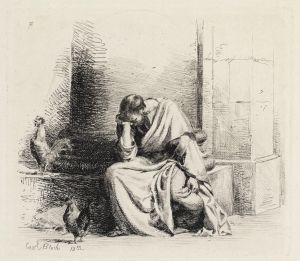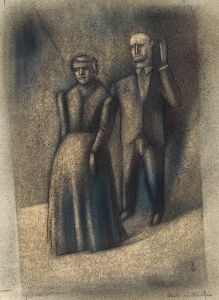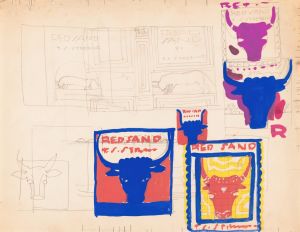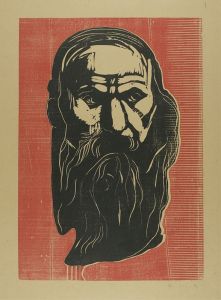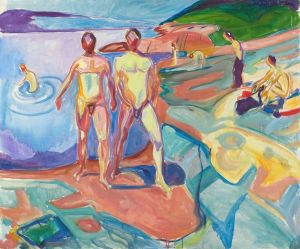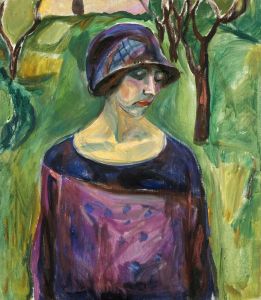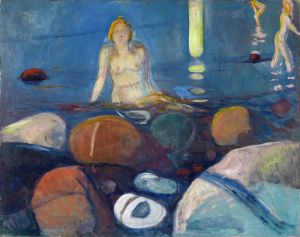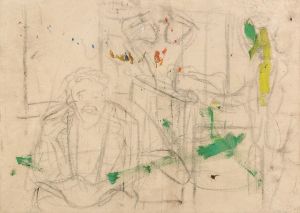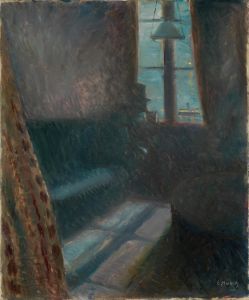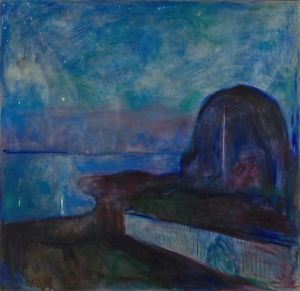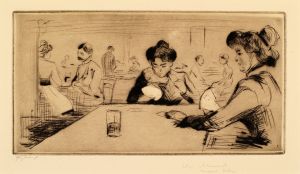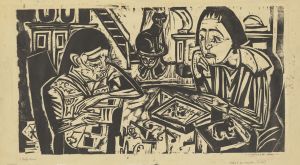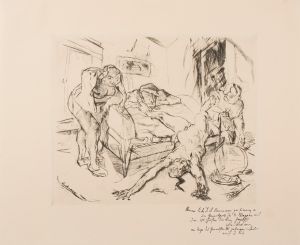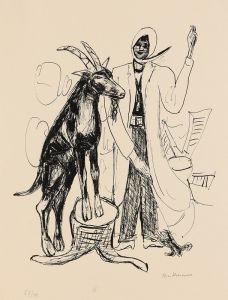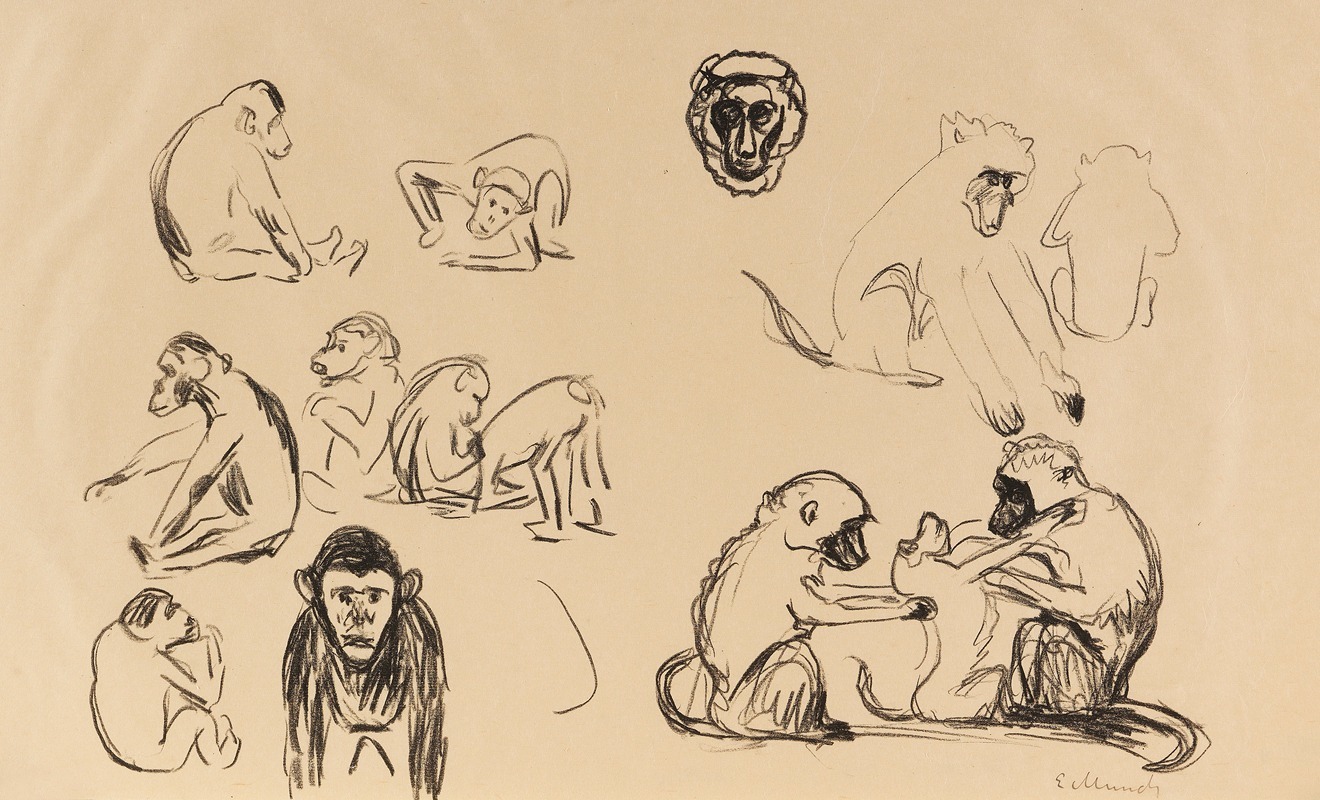
Affen I und II
A hand-painted replica of Edvard Munch’s masterpiece Affen I und II, meticulously crafted by professional artists to capture the true essence of the original. Each piece is created with museum-quality canvas and rare mineral pigments, carefully painted by experienced artists with delicate brushstrokes and rich, layered colors to perfectly recreate the texture of the original artwork. Unlike machine-printed reproductions, this hand-painted version brings the painting to life, infused with the artist’s emotions and skill in every stroke. Whether for personal collection or home decoration, it instantly elevates the artistic atmosphere of any space.
"Affen I und II" (translated as "Monkeys I and II") are two paintings created by the renowned Norwegian artist Edvard Munch. Munch, best known for his iconic work "The Scream," was a pivotal figure in the Symbolist movement and a precursor to Expressionism. His works often explore themes of existential angst, human emotion, and the complexities of life and death.
The paintings "Affen I und II" were completed in 1909, a period when Munch was recovering from a nervous breakdown and had just returned to Norway after spending several years in Germany. This time in his life marked a significant shift in his artistic style and subject matter. While his earlier works were characterized by intense emotional content and dark themes, his later works, including "Affen I und II," began to exhibit a more vibrant palette and a somewhat lighter tone.
"Affen I und II" depict monkeys, a subject that is relatively unusual in Munch's oeuvre. The choice of monkeys as the subject matter could be interpreted in various ways, but it is essential to note that Munch often used animals symbolically in his work. Monkeys, in particular, might be seen as representing primal instincts, human folly, or the absurdity of life, though Munch himself did not provide explicit explanations for these paintings.
The composition of both paintings is dynamic, capturing the lively and somewhat chaotic nature of the monkeys. Munch's brushwork is expressive, and his use of color is bold, reflecting the influence of Post-Impressionism and Fauvism, which he encountered during his travels in Europe. The background of the paintings is abstract, allowing the viewer to focus on the monkeys' forms and movements.
Munch's interest in psychological and emotional depth is evident in "Affen I und II." The monkeys' expressions and postures convey a range of emotions, from curiosity to agitation, inviting viewers to reflect on the parallels between animal behavior and human emotions. This anthropomorphic approach is consistent with Munch's broader artistic exploration of the human condition.
These paintings are part of Munch's extensive body of work that includes over 1,000 paintings, as well as numerous prints, drawings, and sculptures. Munch's influence on modern art is profound, and his works continue to be studied and celebrated for their emotional intensity and innovative use of color and form.
"Affen I und II" are housed in the Munch Museum in Oslo, Norway, which holds the largest collection of Munch's works. The museum provides valuable insights into Munch's life and artistic development, offering visitors a comprehensive view of his contributions to art history.
In summary, "Affen I und II" by Edvard Munch are significant works that reflect a transitional period in the artist's career. Through these paintings, Munch explores themes of primal behavior and emotional expression, using a vibrant and dynamic style that marks his later work. These pieces continue to captivate audiences and contribute to the enduring legacy of Edvard Munch.





